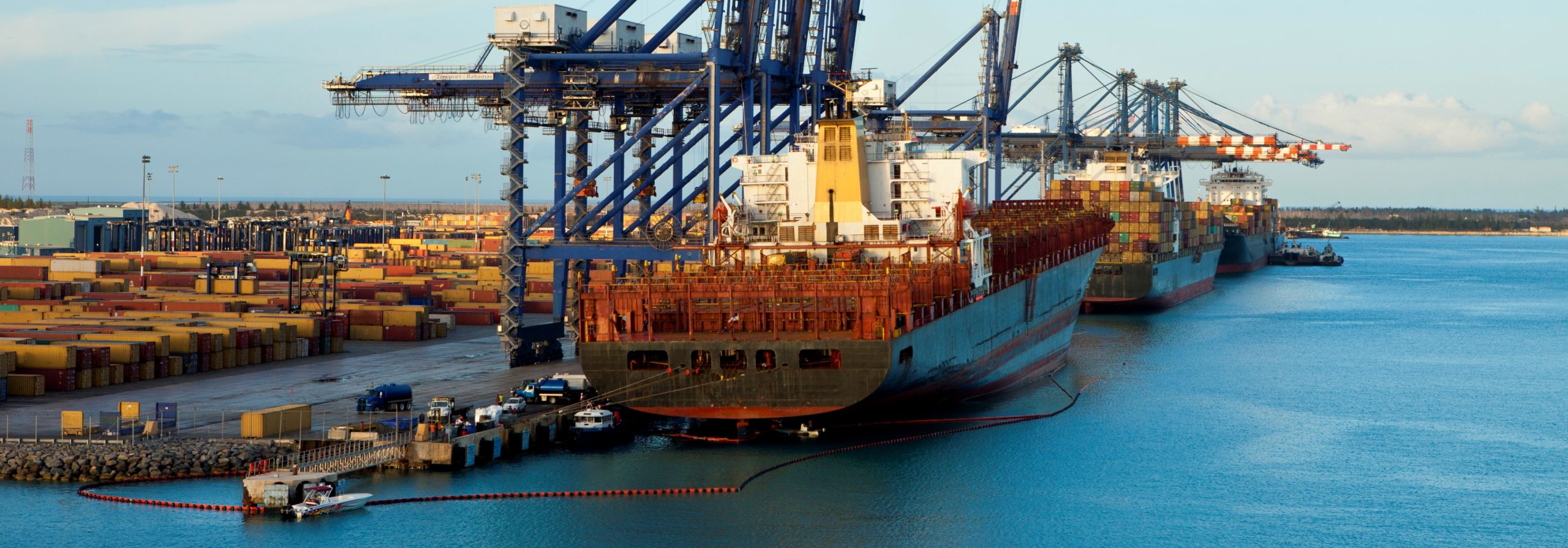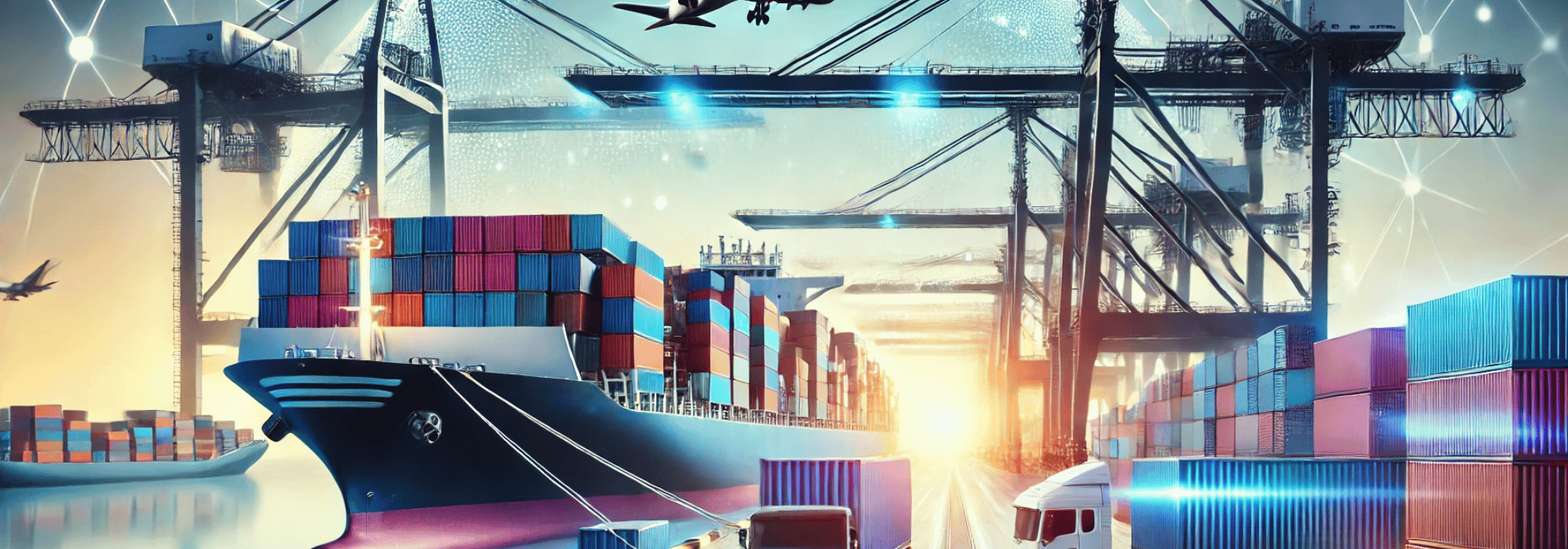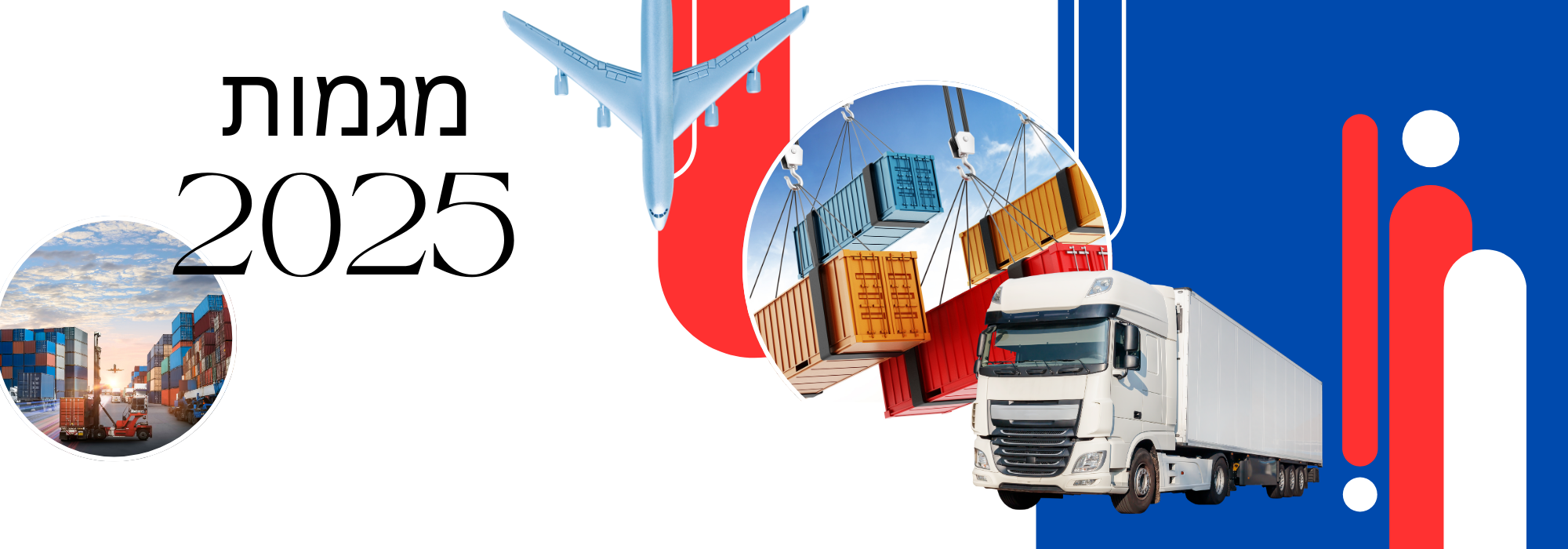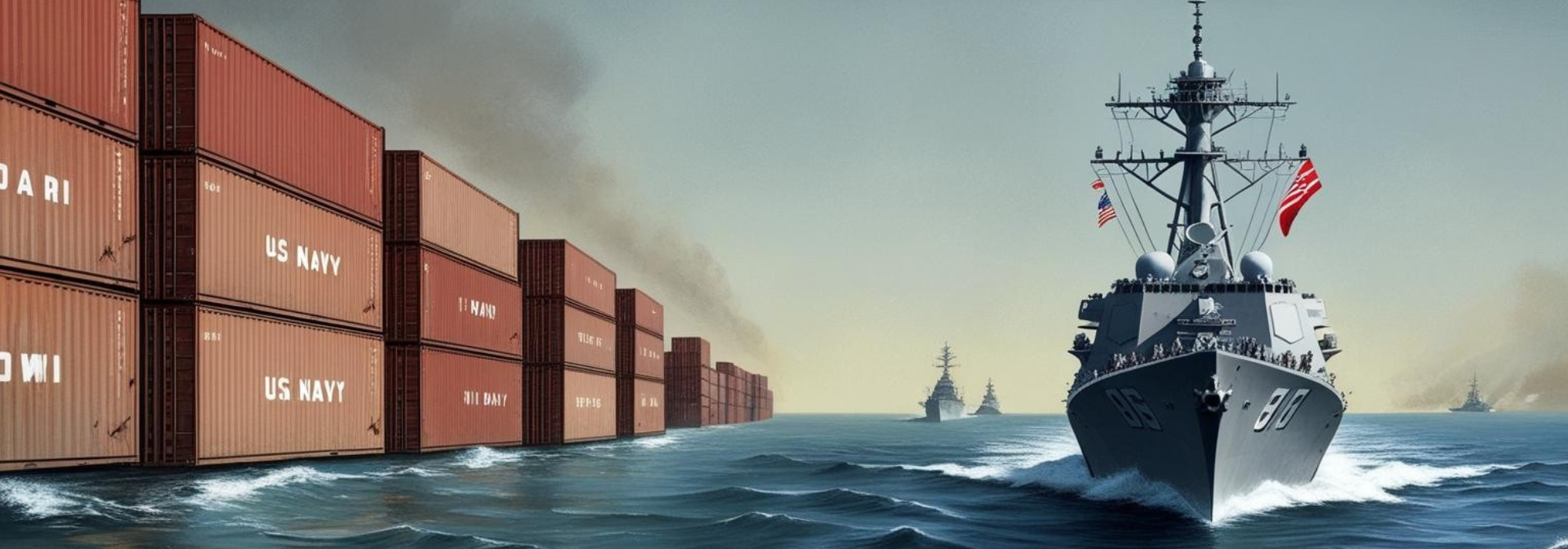Below is a current overview of the trends and news affecting the fields of import, export, customs brokerage, and international shipping, with a look towards 2025:
1. International Shipping: Technology and Environmental Sustainability
Accelerated Digitalization:
Increased use of blockchain for shipment tracking and fraud prevention (e.g., platforms like TradeLens).
IoT (Internet of Things) and smart sensors for real-time monitoring of temperature, humidity, and location, especially for sensitive cargo (e.g., pharmaceuticals or food).
Automated documentation using artificial intelligence (AI) to reduce paperwork errors.
Sustainability:
Stricter regulations to reduce carbon emissions:
IMO 2023/2025: Limits on sulfur and nitrogen emissions from ships, with plans to cut CO₂ emissions by 40% by 2030.
Transition to green fuels (ammonia, hydrogen, synthetic fuels) and electric vessels.
Logistics companies investing in net-zero emissions through carbon offsets and localized supply chains.
Supply Chain Flexibility:
Growth of nearshoring (relocating production to nearby countries) and friendshoring (focusing on allied nations) due to geopolitical tensions (e.g., U.S.-China trade disputes).
Expansion of hub-and-spoke storage facilities to reduce reliance on central ports.
2. Customs Brokerage: Automation and Global Compliance
Shift to Digital Systems:
Implementation of AI systems for automatic data validation (e.g., goods classification, duty calculation).
Platforms like Single Window for centralized document submission to authorities (e.g., the EU’s ICS2 for enhanced security).
International Standards:
Updates to INCOTERMS 2025, expected to include adjustments for climate and cyber risks.
Growing emphasis on ESG (Environmental, Social, Governance) in import/export processes, including carbon footprint reporting.
Geopolitical Risks:
Complex sanctions (e.g., against Russia and Iran) requiring constant updates to restricted entity lists.
Increased enforcement against money laundering in global trade (e.g., FATF regulations).
3. Import/Export: Global Trade Trends
New Trade Agreements:
Regional pacts like RCEP (Asia-Pacific) and AfCFTA (Africa) expected to boost intra-regional trade by 25% by 2025.
Green trade deals (e.g., EU-CBAM – Carbon Border Adjustment Mechanism) impacting carbon-intensive imports into Europe.
E-Commerce Growth:
Surge in airmail and B2C (Business-to-Consumer) shipments via platforms like Amazon Global and Shopify.
Countries raising de minimis thresholds for small packages (e.g., Israel increased its threshold to $75 in 2023).
Cost Challenges:
Rising air and sea freight costs due to energy crises and labor shortages.
Protectionist tariffs in countries like India and the U.S. to shield domestic industries.
4. Projected Trends Toward 2025
Breakthrough Technologies:
Autonomous shipping: Crewless vessels (e.g., Rolls-Royce prototypes) and self-driving vehicles in port complexes.
Virtual customs: Big data and AI-powered risk assessment for cargo screening.
Shift to a Circular Economy:
Growing demand for reverse logistics (recycling and international waste management) as a requirement for entering European markets.
Adoption of biodegradable packaging to comply with regulations like the EU Plastic Tax.
Crisis Management:
Investment in resilience through AI-driven risk management systems.
Supplier diversification and 3D printing to shorten long supply chains.
Strategic Recommendations for Businesses by 2025
Digital Adoption: Invest in trade management systems (TMS) and process automation.
Sustainability: Align products and logistics with ESG standards to avoid sanctions and market exclusion.
Geographic Diversification: Explore manufacturing and trade in countries with favorable trade agreements (e.g., Vietnam or Morocco).
Employee Training: Build teams skilled in emerging technologies (e.g., data analytics and international compliance).
In summary, the industry is poised for dramatic transformation, prioritizing speed, transparency, and sustainability. Companies that adapt proactively will lead the market.


















